|
Change Management is undoubtedly one of the key skills for leaders on all levels in the organisation. Change is THE constant in our business life and without looking at the people side of doing business, we will fail to achieve the results we are expecting. How are you structuring your change engagements? Where do you start your journey to become a change master? CPC Consulting and Hive17 Consulting are offering the Certified Associate in Change Management program here in Singapore and in the region. And now, we also provide you with an easy entry to the topic: two modules as self-paced online learning modules.
These modules give you a quick start based on a holistic and practical change management methodology. And this will be the foundation for the next level where you will apply the concepts hands-on. Find out more with the link below!
0 Comments
"Change Management is Pain Management"
This is how Dr Michael Loh has captivated the participants during the inaugural workshop of the ACMP Singapore Chapter (forming). Dr Loh shared with the audience that in essence, change management is all about the people. It is easy to install change and forget about the human aspects. With Mushroom Management the managers come in and create chaos and results are random. With Seagull Management, the birds are coming out from nowhere and then leave their discharge all over the place. That is how transformation projects fail. How to do change right? Take our taxi drivers as an example: they listen, they repeat, they embellish and they gossip. Storytelling is essential for success; start with listening to the chatter from all levels and learn from that. Dr Jens Sorg, president of the ACMP Germany Chapter, shared what the Association for Change Management Professionals (ACMP) is all about. "Lead the way change works" - with this mission at its core, the ACMP is all about being a knowledge hub, a platform for experts to exchange and bring the practice forward. Annie Chong, our Singapore president, is excited to bring this organisation and its network to our region. Get the latest news and receive updates about the upcoming events on our LinkedIn group; join now: ACMP Singapore Chapter (Forming) Group. Many people say that the pandemic brought a lot of change. Though, when looking at 2010s, we talked a lot about digitalisation, working from home, e-commerce, VUCA, new digital currencies, psychological safety, and many more topics. Some people argue that we are not introducing new topics, though the transformations are happening a lot faster due to a new urgency and necessity.
Here is where agility comes into play. Is it sufficient to simply run faster? This typically doesn't last long because things break and the quality suffers. We want to speed up in a smart way to create lasting success in times of transformations. And one important element here is creating value to our customers. At Hive17 Consulting we have been evolving our four pillars for lasting success since the year 2014. We identified, validated, enhanced, applied four topics that we found helps teams to speed up by creating value:
In collaboration with Tigerhall, we have created this trail of podcasts that introduce these four pillars based on case studies and the underlying principles. This first episode is giving an overview to start of. Listen to this short introduction and enjoy how the four elements fit together. Which of the four pillars do you experience as the biggest barrier in your organisation? CFOs Leading Business Intelligence – Digital Workshop Series in 5 Parts | Q3-Q4 2021
In today’s business world, the markets are changing in an accelerated fashion; customers shift their preferences, supply chains are facing major challenges, and the workforce requirements are evolving. In this context, business intelligence covers a broad range of important topics. Whilst the topics individually are important, it is by connecting them and thinking about business intelligence holistically that CFOs can preside over a best-in-class process which is both effective and efficient. So far in this trail about agility, we talked about two major things: giving people direction based on our purpose and the value we can create to customers; and starting to experiment and continue to learn. Both are focusing on what we deliver and what we produce. All of this is only possible when one magic ingredient is present: the foundation of agility. Besides the delivery, our way of working is highly determining if we will be successful. Do you sometimes feel that your daily work feels like a constant fight, peers around you are not aligned, the processes and approvals are bottlenecks that slow you down?
In this episode, we talk about how we can create solid connections between people. Establishing alignment and transparency, and cultivating a safe environment where people can share their ideas and thoughts. A place where it feels like we are working together and pulling on the same string. What portion of the delivery can we fully delegate to smaller teams and allow them to be self organising? Based on pillars 1 & 2 - our dream & the value for customers - we can now generate tons of ideas to address needs and solve problems. Full innovation is also executing these ideas and this happens most effectively with experimentation. Try different ideas and capture how you can improve your solutions. The core of agility is this trial & learning. This experimentation happens in a perpetual manner, continuously tinkering and edging closer to a better product or service.
Jump into the third podcast in collaboration with Tigerhall where we uncover the underlying principles of agile working. The practical examples will help you to start the transformation in your teams. How can we capture early feedback & input from our stakeholders to create more meaningful solutions? Let's continue to talk about the principles of agility, today we look at how we can create value to our customers. I like to explain that our purpose is giving us meaning from within and is making us as a group unique. The second part that provides meaning in our work is that we are delivering exciting solutions to our customers. Both are directing us in our daily job and help us to make decisions along the journey.
Jump into this second podcast in collaboration with Tigerhall where we uncover the underlying principles of agile working. Practical examples will help you to start the transformation with your team. Who are the groups of people you are creating value for? Many professionals mention they are knowledge and experienced about change management. A highly relevant skill in today's business world. At the same time, we rarely see these skills deeply applied in large transformation projects. Why is that?
Here are some reasons I have heard from peer change management practitioners:
Where do you see barriers for professional change management in your organisation? Since years, I am advocating that the traditional change management, enabling people to switch to a future state, needs rethinking. Our world has become complex and changes are happening faster and faster. This means the 'future state' is soon obsolete and we need to change to the next one. We are in a state of continuous change.
This means we need to cultivate an environment that allows people to thrive during their change journey! For example, when you introduce a new performance management system, or a new hybrid working policy, or a refreshed regionalised organisation, for all of these transformation projects the end is not the installation of these end states. Rather, we want to enable the adopters of this change to be able to evolve their system, processes and team structure by themselves. And this requires direction, guidance and support. Leadership is essential in this context. Leaders cultivate the environment where successful change can happen. While we all heard of these leadership qualities, it is essential that the right behaviours are becoming a second nature. How are you developing these routines and master positive change leadership qualities? For years, I have been looking into agility, its principles and how they help to create lasting success in teams. We have brought agility into manufacturing, R&D and for sure also in IT teams. Earlier this year, I then decided to jump deep into the certification for Scrum Master. What did I learn?
There is one thing that becomes obvious very quickly: scrum as methodology is not prescriptive. Instead, it contains a series of suggested activities, templates, processes, etc. The key foundation is empiricism! Each team then needs to find out what works best for them - based on a set of principles. In my projects, I am mostly engaged in leadership development. And while going through the scrum master certification, I understood that the principles are strongly supporting a modern, dynamic leadership approach. Scrum can give us answers to the question: how can we deliver maximum value in complex environments? Are you curious to bring agility to your organisation? Then let's look at these key principles! Here my take:
How can you follow these key principles in your organisation? Where do you see the obstacles for agility? Thank you, Takeshi Yoshida, for pushing me on this path! This article was originally posted in the GloCoach Blog. Since the beginning of 2020 we learned that change can suddenly be omnipresent. Many companies struggled; some companies thrived due to the new business environment. And over the recent months there might be only a few companies that are not facing big challenges; if not from a business and financial perspective, then from an engagement and social point of view. How can we build an environment where we can thrive in all aspects of work and life?
Any transformation journey will experience resistance; that's is a normal behaviour. Important as a change manager is to identify these hurdles and design activities that nudge the adopters forward and create structures that reinforce the change. This will smoothen the journey to the future state. Transcript
Hi, do sometimes feel that day in and day out, for weeks and months, the only focus is on delivery, delivery, delivery. That's how many people feel these days. Still, that's not how we thrive. How can we create, how can we establish simple structures that lead to lasting change? In this series, we introduced the four knowledge areas of the CPC change management methodology. These themes provide guidance on what to consider in your change activities. My name is Tim Wieringa and I'm a change management practitioner here in Singapore. Today, we talk about institutionalisation. In this dimension, we are looking for underlying structures and we're looking for nudges which are reinforcing the change, reinforcing the future state. People, easily fall back to old habits. How can we prevent this from happening? Best to explain this with an example. About a year ago, I was exactly observing this single focus on delivery, and people around me were struggling a lot. In an agile transformation project, we wanted to allow the people to go through that change in a more sustainable way. The teams were using OKRs and we wanted to use this artefact to create a structure to think in different ways. Beside objectives for deliverables, we overall wanted to introduce two new objectives; one around learning with experiments and another one looking at the way of working. We then encourage the teams to define their own key results, which are contributing to these objectives. This gave the people the necessary permission to look at these two areas and started to improve and the delivery of the change. In a transformation journey, we need to continuously look out for this resistance and see how people feel about the change. Often, small notches allow people to reflect on the overall purpose of the change and define their own journey. Thank you for listening. Please click on the link below to learn more about how to become a Certified Associate in Change Management. And stay tuned for the next episode. This week the CFOConneX network has launched the first workshop series and I am delighted to be part of this event! Thank you David Newton and the entire team! The entire workshops series is about how CFOs can take a new spin to business intelligence; reflecting on how we are doing business planning, budgeting and forecasting. The first session was giving an overview of what this topic entails. As a change management practitioner, for sure I am looking at the people side of these activities. As a leader we should always think about the why! What is the purpose of financial planning & analysis? In the end we need to make decisions that are pushing our business forward. Here is an extract of the workshop covering this topic. Enjoy! In my presentation I have covered three key aspects:
How do you engage as a CFO with the business and contribute to the overall business success? The SkillsFuture organisation is doing an excellent job, supporting the development of the workforce in Singapore. They have recently launched a set of Critical Core Skills that are vital for all of us to thrive in a business environment that is rapidly changing in terms of technology and human interaction.
The sixteen competencies are grouped in the following three areas:
As a change management practitioner, I am delivering programs that are developing and embedding skills that allow change initiatives to succeed. Are you simply installing a change? How can you ensure that you realise the expected benefits of the transformation program? With this background, I want to share here how change management skills are supporting the critical skills above. At the core of change is the human side of doing business; how we interact with others. We want to understand the people around us; only then can we overcome resistance and make the new solutions work for them. This is the foundation to make transformation initiatives a success. We learn to understand how people react, how we can influence and engage people. And most importantly, how we can create value in the ecosystem. Change management frameworks provide a simple structure that allows us connecting the dots and to think critically. Who is impacted by the change program? Who can be an influencer? Change frameworks enable us to collaborate and discover new insights. With these inspirations we can derive innovative solutions that fit into the larger ecosystem. When we learn about transformations, we also discover that change journeys are about continuous change. The business ecosystem is constantly moving forward and we need to keep moving within it - stay relevant. With this, we develop behaviours and mindsets that is not only open to change; we discover how we can thrive in change. How can you get started? Become a Certified Associate in Change Management with our hybrid program that is credible, holistic and hands-on. Source: Critical Core Skills, Skillsfuture Singapore Did you know that about 26% of the change initiatives are failing? Most probably you did. And this statistic is quite sobering. And you might very well be deep in a transformative initiative and things take too long, and the impacted people are not sharing the same enthusiasm as you. Yes, this is normal. The good news is, there are clear ways how to improve your odds to over 70%! How? With a clear and structured change management practice in your organisation. Key success factors are:
Curious to learn more about a structured and hands-on approach to change management? We have launched a program for Certified Associates in Change Management. Sources:
Hive17 Consulting is excited to announce the partnership between CPC Consulting and TUV Rheinland to bring a new change management certification to Singapore and Southeast Asia. These two partners have been offering the programs in Germany and China and now decided to expand their regional reach.
Change is a constant in today's times - we are all on journeys to capture new markets and innovating our value proposition to our customers. How successful are your transformation initiatives? Do you have the feeling that the adoption takes too much time? What is your recipe against low motivation and high resistance? The certification program designed by CPC Consulting is successfully combining a broad view across different methodologies and distilling these into their own clearly structured and hands-on approach. Hive17 Consulting is endorsing the CPC methodology not only based on its simplicity; we also support the hybrid learning path: the program is structured in three tiers, as a combination of asynchronous online learning and synchronous classroom workshops. What do you think about these programs? Who in your organisation network might be interested as well? Please spread out the exciting news to interested friends. End of last year, in the context of an agile transformation in a global financial institution, we delivered a series of design thinking trainings to a global audience. The sessions introduced the people-centric problem solving methodology, shared some case studies, and allowed the participants to practice some of the tools. After the program, we checked in with the teams and observed that they didn't take up design thinking in their practice.
How often did you observe that your training efforts have little impact on people's daily work? What can we add to bring the excitement from the training back to work? In my experience, this is an essential step for success. At the bank, we selected a few teams that were excited about design thinking and willing to explore ways how they can overcome barriers and adopt the new principles and tools in their daily work. Typical barriers were a strong focus on delivery, very limited perceived time for other activities, a feeling that there was not much room for creativity. On top of this, the team also needed to build confidence with the methodology itself. So, the journey began. Two important things we laid down from the start: everyone in the team is committed; what we are doing is relevant for daily work. We reviewed the deliverables for the quarter and based on that, the team identified areas where the team required a better understanding what the customers needed. Based on this, we started an iterative process to identify the best ways bring design thinking into people's daily work. Here are some of the lessons learnt:
One way we reduced the number of tools was the way we looked at the journey map. This became the key canvas to collect information during the inspiration phase. The map included the personas, the process steps, the needs and tools required, and the insights via a mood curve. These journey maps started with a broad scope and later we narrowed them down to a small scope which reflected the current activities. We used them first to collect information from within the extended team and then showed them to groups of customers (internal stakeholders) to validate assumptions and gain further insights. While it took time to find a good way to bring design thinking methods into people's daily work, the team appreciated that we have cultivated a customer-centric mindset and provided a path to regularly interact with the customers. This allowed the teams to build deliverables that are much closer to the need of the customers and create more value. Now the initial efforts are shared to other teams and the seed is passed along. What is your experience to cultivate customer-centricity in your teams? Image source: Ideo U. About three years ago, I started to run design thinking workshops and brought the topic closer to people in various companies and functions. As a change management practitioner, I immediately realised the attraction and the synergies between the two stream of thoughts.
Let's look at two of the traditional barriers to innovation and leadership: lack of speed in decision-making and lack of creativity. Both barriers are behavioural. While these are typical barriers to innovation, they are also holding up most change initiatives. And design thinking is a method to address both barriers in simple ways. Speed - in design thinking we encourage to try things out; the focus is on learning by making mistakes. When we present prototypes early to the customer, we get early feedback on how we can get closer to create value for them. This early feedback facilitates decision-making. Design thinking also promotes to spend a significant amount on identifying the right problem; and still, this time is well invested and allows the team to create the right value for customers in a short period of time. Creativity - here, design thinking brings many activities that allow people to use their inert creativity. The immersion into the customer's environment creates exposure to gain and pain points that trigger inspiration and critical thinking. During all my workshops we are spending time to prototype - to make the solution ideas tangible. With this activity, we are activating the creative brain and further facilitates the discover of new ideas and solutions. And finally, when we converge and digest the information by using gallery walks and journey maps, we extract the essence of the challenge which triggers further inspiration. In addition to these two barriers, here are four points how I see design thinking is supporting your change initiatives:
How did you adopt design thinking for your change project? Source: Why Design Thinking Works, Harvard Business Review, October 2018 At Hive17 Consulting we took our experience and evolved a model that identifies key ingredients that make teams successful in an environment that is ever-changing and complex - in short chaotic. We call these the four pillars of the wheel of antifragility: purpose, customer value, experimentation and relationships.
Each of these include important goals that support success. Though these goals can be contradicting; for example, if the team members have a singular focus on pleasing the customers, then the team spirit might be jeopardised. There is no set of actions that simply improve all four goals at the same time. Therefore, it is important to advance the four pillars in a balanced way. For example, focus on creating value for the customers based on strong team bonds. While the pillars are based on solid research, our model is created through empiric knowledge. And, we continuously benchmark it to other concepts, thoughts and research, to make sure we are on the right track and further evolve our practice. The other day, I was reading this article "So What is Agile Really About?", in my eyes a great summary of the key principles for agility (which are in itself based on continuous innovation). Here are these 7 principles and how I see them supporting antifragility.
Where do you see the key elements of an agile organisation? What have you observed that makes teams successful in an uncertain and complex environment? Source: So What is Agile Really About?, Barry Overeem, Scrum.org We all heard about it - Agile Transformation! I have seen the term used in two situations. Either the organisation wants to introduce Agile Development and that is indeed a major transformation. Or, the organisation wants to drive change (innovation, market expansion, increased competition, etc.) and they decided to become more agile. I suggest to converge to the latter.
So, how can a change management approach bring more agility in leadership, to the teams and to the success of your operations? Here are a few pointers from my practice, inspired as well from two articles linked below. Mentioned many times, the North Star is key to make people excited about the change to come, gives them meaning. And it is also the anchor and the imagination for what we want to achieve. Without this, agility turns into chaos. The people in the frontlines have access to the best knowledge and information on how to bring success with change. Delegating control to the people that can run the show, makes the teams nimble and they can act faster. People on the top might - often involuntary - act as bottlenecks. Facilitating lasting success means, these teams need to be self-sufficient and self-organising. The team needs the right environment and the right skills to get there. And, for sure, they need to be aware that they are acting in a larger ecosystem, all striving for the same north star. Achieving the north start mostly includes creating value for our customers. The teams should create structured routines that allow them to discover a clear view on how this value looks like and what the customers appreciate most. At the core of each team is learning - this bring the individual, the team and the entire ecosystem forward. Experimentation enables continuous learning; and the leaders facilitate and contribute in this journey. Planning for the next 12 to 18 months often leads to situation where a team is stuck in their course and unable to take the necessary changes to adapt to a new environment. Therefore, I suggest to create an imagination of the future state and of the path to get there. This provides direction and keeps the flexibility. Based on this, the team can plan what they want to achieve and learn now - typically in a horizon of three months. Lastely, the agile teams work best in an environment that cultivates meaning and trust; as leaders we can create a platform for success and this requires a place where we can have open conversations, feel safe and find our work fulfilling. In my eyes, agility is not about processes and organisational structures. Change management practices have shown how we can engage with a new leadership style that is universal on all levels of the organisation; a style that is inspiring and enabling people to be successful. This is how we can stay adaptive, nimble and jump ahead to new opportunities. Where do you see the the link between change management and agility? How do you put these into practice? Sources An Agile Approach to Change Management, Harvard Business Review Unleashing the power of small, independent teams, McKinsey Quarterly For the people that know me, I like to promote the concept of People Excellence - driving operational excellence through our people.
This recent article in the Bangkok Post by Arinya Talerngsri also emphasises the people in the transformation work. We are in an age where many thought leaders are talking about how we can robotise our workforce and create fantastic efficiencies. Arinya shares my conviction that lasting success will come by cultivating a workforce of engaged critical thinkers. Here my key points I took out of this article:
This article also shows that we have great thought leaders in Southeast Asia. Based on the cultural backgrounds within this diverse region, we are able to build on a strong habits that focus on building relationships and putting people at the centre. This is a fantastic opportunity - also for the rest of the world. What is your story in shifting your focus from technology to people? Source: Driving digital transformation through people transformation Agility is often mentioned to be the accelerator for performance. And yes, when introduced in the right way, agile working methods can deliver solutions that are closer to what customers need within a shorter time frame. At the same time, I observe that these benefits are not so easily reached. One crucial component is how we are planning with agility.
Oh, are we still planning in agile? Yes, we do - and in a smarter way. Let me walk you through some steps which are essential for success. In my eyes and also outlined in this McKinsey article: Planning in an Agile Organisation. In a first step, we as a team want to get guidance, a direction where to head to. And with team here, I am referring to any size; this can be a regional leadership team, a functional department, a project team, a smaller operational team, etc. And this guidance is typically expressed in strategic priorities, or as I like to call it meaningful purpose statements or a collective dream. Important for these priorities is that we limit ourselves to five strategic priorities at a time - more will be distracting and the focus will be lost. These meaningful purpose statements are then translated into clear and specific goals for the different teams. And this translation is an effort conducted with the entire team. This allows that the insights from all team members are considered, facilitates the adoption of the goals, and significantly improves motivation and drive. The strategic priorities combined with the specific team goals act then as a clear foundation to make decisions on the team level. The team should be in control how they achieve their goals; this allows them to become independent and self-sufficient. For sure, they will still consider the larger ecosystem they are embedded in. This delegation of control further stimulates the drive and engagement of the team. Alignment is created with the direction. The second important element is transparency. This we will achieve with monthly and quarterly reviews which intend to allocate critical resources based on the achievements, priorities and the goals. As a leader in an agile environment, we are left to focus on two critical activities: guide the teams and develop a clear direction; facilitate experimentation and allocate the right resources. This results in a very different, self-organised path of planning which results in more velocity and value creation. How are you planning in your teams today? This year, I am celebrating my 10 year anniversary as a practitioner in the field of change management. I started to get curious about the topic while I was deep in implementing knowledge management programs at a multinational company. We were constantly presenting new ways of working to our colleagues and it was natural to get closer to the levers of facilitating change.
Admittedly, Change Management is not the most popular term and yes, I am not using it a lot either. Still in my heart I know, I found my calling in this profession. On the one hand, I am always eager to look at performance and improvements. On the other hand, I like to connect with people and I am curious about how they are interacting with each other. Both topics are very tightly interlinked. New systems, processes and organisations only unfold their potential when they are embraced by the people involved in them. And, we can only design great systems, processes and organisations, when we deeply understand the human actors in it. The way I look at the change management is holistic. This means, I suggest that we go beyond the simple implementation of (for example) a new software tool; a better way is to look at the journey and the larger ecosystem where this software is supposed to add value. In this sense, my focus is on how can I enable people to embrace and grow with the constant change that is happening around them. How can we bring more antifragility to the people and to the organisation. in my eyes, this has a lot to do with culture and leadership. How can we create the right space between people that they can grow together; and as a leader, how can I provide a platform that gives people passion and ownership. How did I get started? In the beginning I read a lot of different books and articles about the topic and followed a course or two. And about four years ago, I also started with my certification. I can really recommend to get in touch with the global Association for Change Management Professionals (ACMP); you can find great, like-minded people and lots of resources. They have developed a great professional standard and I like their certification path. Though, most important is to be exposed and learn on the job - consciously applying what you think is right, try new things and develop your own practice. I want to thank the people that strongly supported me on this path: San-Daleen, Jerome, Sandra, Michael, Björn and many others! In my practice, I am often talking about three different topics: change management, operational excellence and innovation. For many people, they are very different concepts and many companies assign these to different departments. What makes them so distinct? Or are they not?
For me, they are strongly supporting each other and tightly interlinked. Let's start with innovation. This topic is about creating and implementing new solutions. Change management is supporting innovation by driving the change (behaviours) that the new solution will bring. And according to some studies, about 80% of the innovation are incremental, operational improvements, while still disruptive. In the same way, operational excellence is strongly supported by innovation methods in order to discover crazy ideas. And, in my experience, change management practices support to engage the people and motivate them bring better results. Lastely, for me change management is directed at improving the business. This can only happen by cultivating an innovation mindset and driving operational excellence across the entire organisation. So, instead of distributing these three topics in different corners of your organisation, bring them together. Some successful companies have one (Transformation or Excellence) team which can be the driver for company-wide innovation which includes operational excellence and has strong change management practices. How do you bring innovation, change management and operational excellence closer together? Great to read the outcome of an interesting conversation with Rachelle Lee and Michael Zimmel about how innovation and creativity can shape the way finance professionals are looking at their work.
One key pillar for success is understanding how we are creating value for our customers. This starts with exploring who we are creating value for. And then get inspired by their needs and insights. Where are the pain points and how we can we make these groups of people successful. In the past, finance professionals were routinely creating standard reports piling up lagging financial indicators. In today's ever-changing, complex world this is not creating value. I suggest to look at leading indicators that we can directly influence and have an impact on the success we are aiming for. We can see a huge potential for finance teams to tremendously increase the value they can create for their 'customers'. Read more in this interview: The Changing Mandate of Finance. |
Subscribe
Receive our monthly themed summaries of our thoughts: click! TimTim is a change practitioner in the area of innovation and excellence. He is working with teams to accelerate innovation, collaboration and agility. Categories
All
Archives
July 2024
|


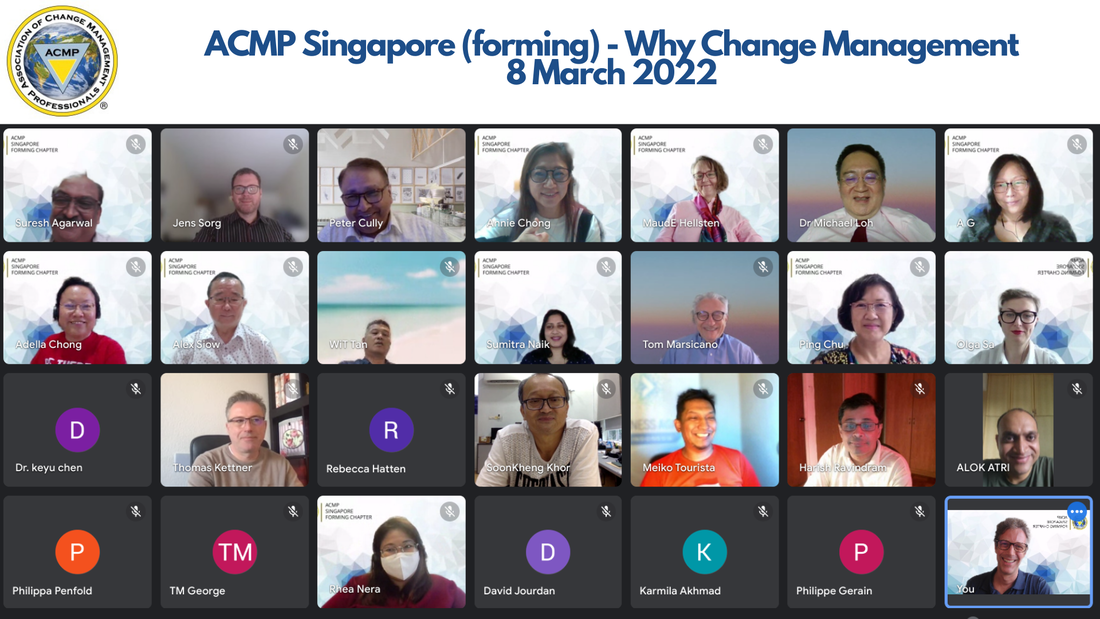


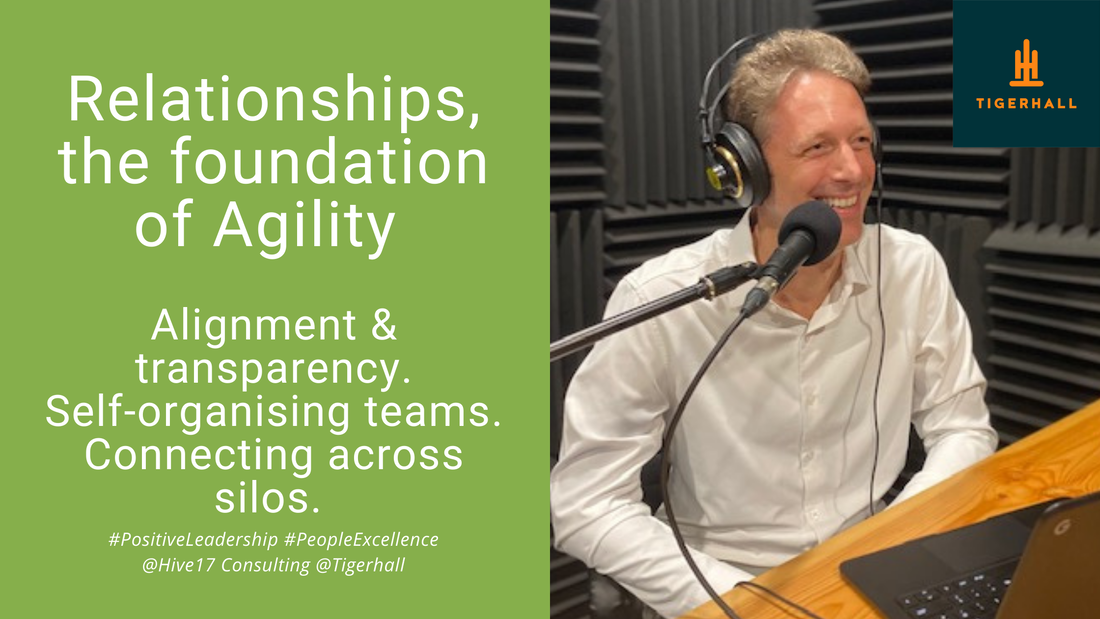



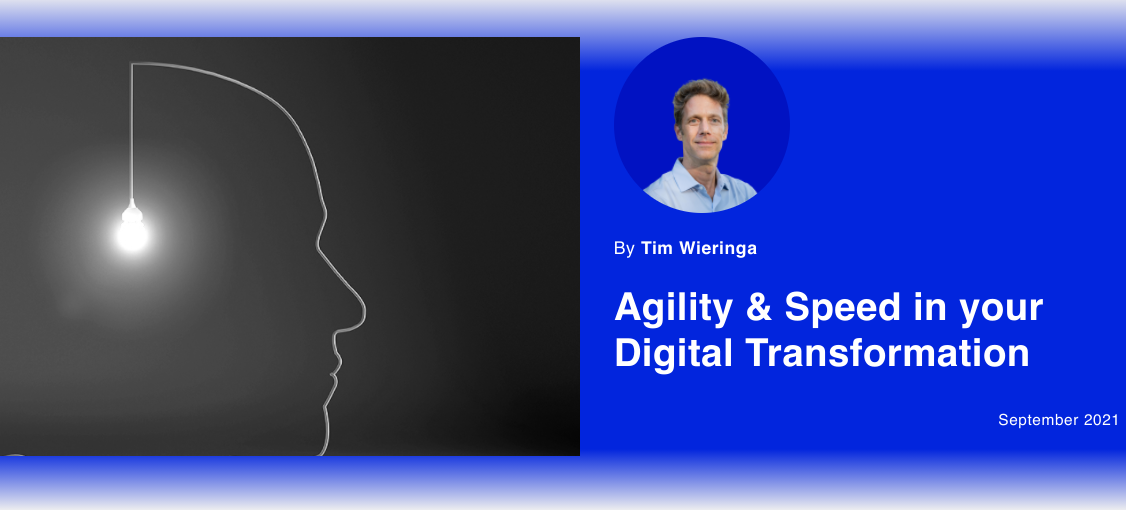

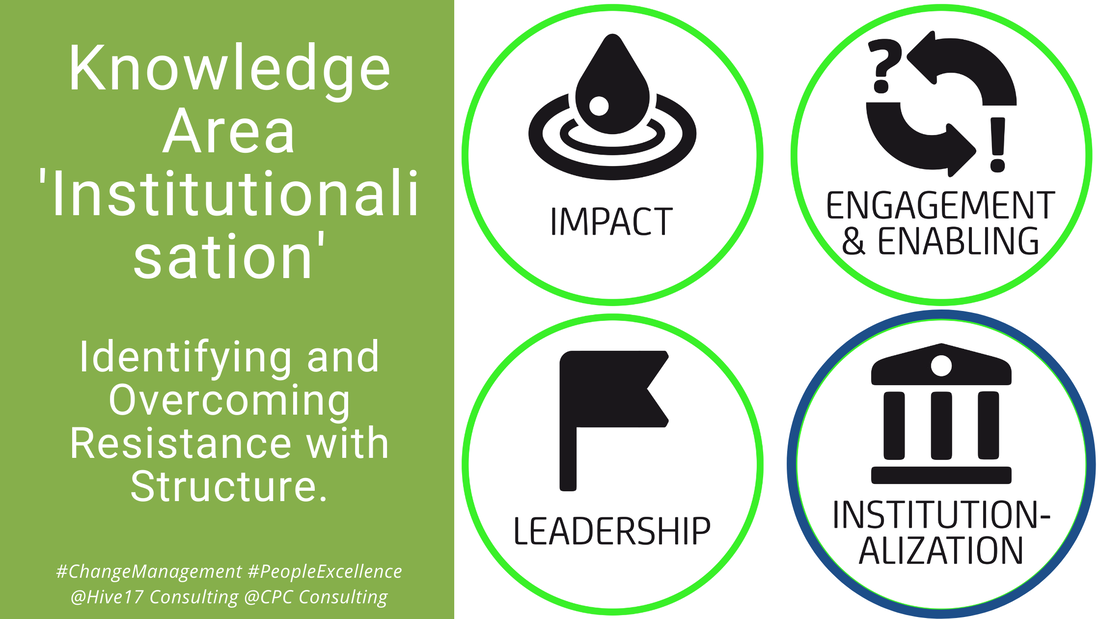



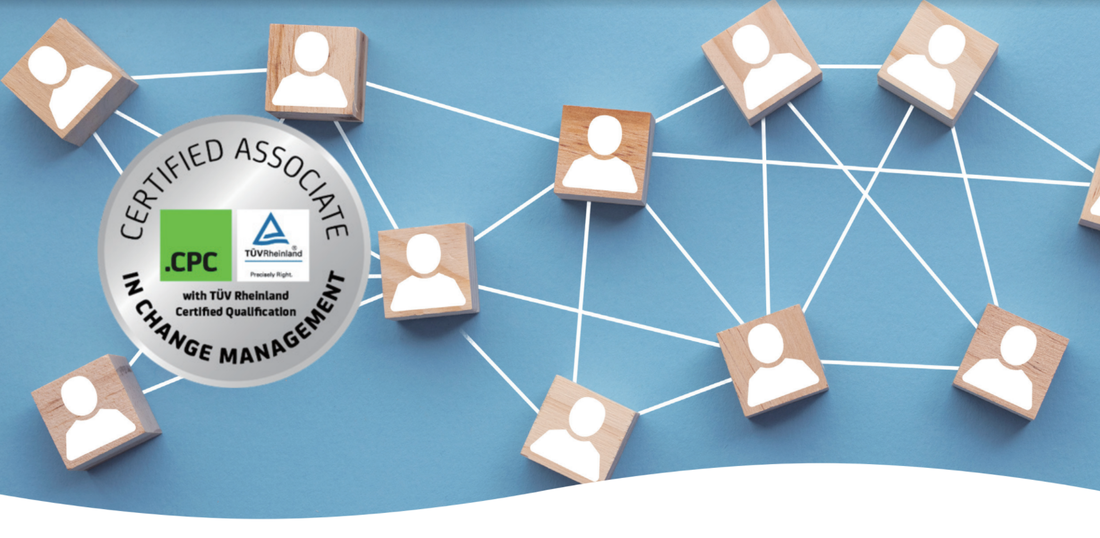

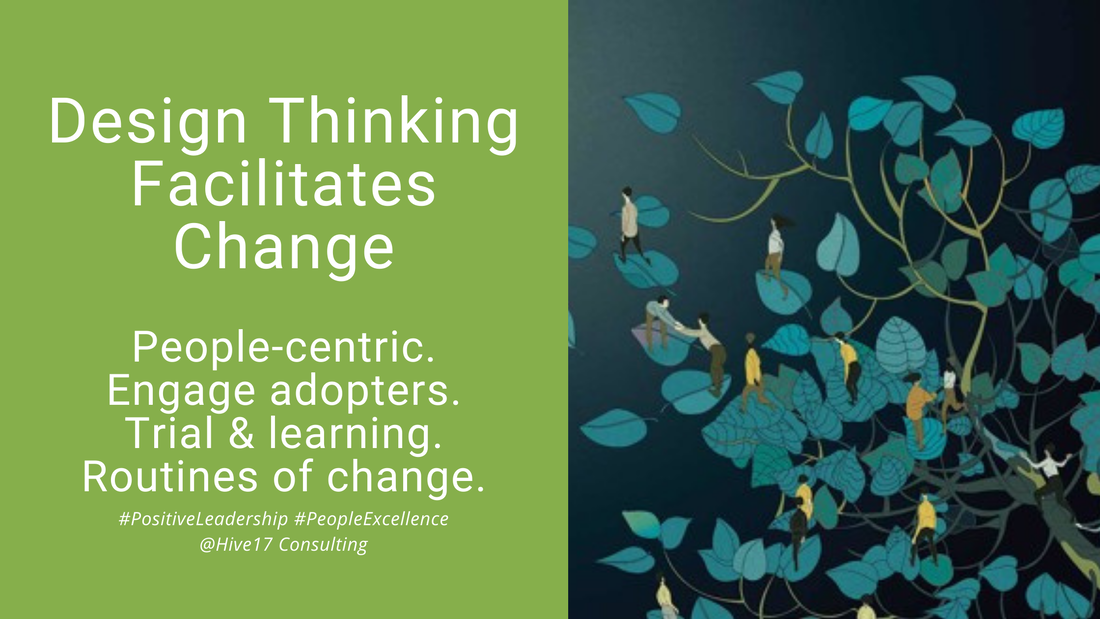







 RSS Feed
RSS Feed